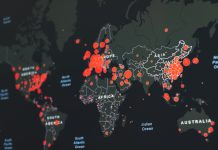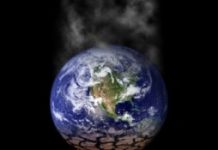
There has been controversy surrounding an 8,500 year old ancient skeleton that some?Native American tribes have been calling their own. The skeleton was found in Kennewick, Washington at Columbia Park by?Will Thomas and David Deacy?in 1996. Even though radio-carbon dating confirmed the skeleton’s old age in the region, definitive evidence that the skeleton was Native American was lacking. Native American groups lost?legal claim to the remains and?as a result, scientists were given permission to conduct further analyses in 2004.??Morphological measurements and comparisons indicate that there were similarities to the?J?mon aboriginals of Japan; however, others argued that?Kennewick Man had characteristics found among?many different groups of people from Asian to Native American to European. DNA testing was attempted as well but the?results were?inconclusive.

Recent DNA testing,?using more modern techniques, compared Kennewick Man to a worldwide genomic database as well as to recent DNA samples provided by members of the Colville tribe. The results established conclusively that Kennewick Man is indeed Native American. Scientists were careful to note that only the Colville tribe provided recent genetic samples;?regardless,?based on the Worldwide Genomic data, Kennewick Man appears?most likely related to not only the Colville, but to the?oOjibwa?and?Algonquin tribes as well.
What Happens Now?
Despite a recent wikipedia entry to the contrary, scientists caution?that though related to the Colville tribe, Kennewick Man may not be their direct ancestor nor may he belong to any particular known modern day tribe. Kennewick Man is a cousin of those tribes whose line arose from a common ancestor with the modern Northern Native American tribes. It is difficult to assign any particular tribe that Kennewick Man was a member of nor can we assume what the?burial rites and rituals were of?the?particular tribe he belonged to at the time. If the other tribes also submit their DNA, claims for Kennewick’s remains may offer some clarity; but for now, the remains will continue to be stored at the Burke Museum in Seattle Washington for further study, evaluation, and education.
What do you think should happen? Comment below:





